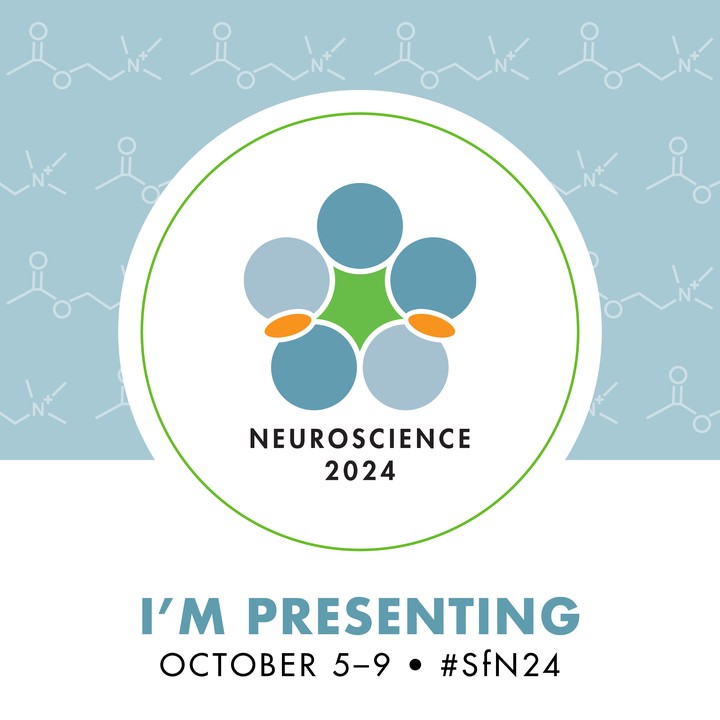Differential neural activity across Hierarchical Bayesian inference under uncertainty in Older and Younger adults

Abstract
Hierarchical relations drive state changes in environments. The brain may encode these through Bayesian inference. Neural correlates of Hierarchical Bayesian Inference (HBI) are not well studied. We studied HBI across ages in a probabilistic task using EEG and fMRI. Partial Least Squares analysis on EEG data revealed inverse correlation between age groups in HBI parameters and uncertainty. Younger adults exhibited expected correlations, with age differences in CEN regions correlated with high-frequency stimuli, suggesting context consolidation, and sensory regions correlated with low-frequency stimuli, indicating sensory learning in gamma-beta bands. DMN regions correlated with low-frequency stimuli in theta-alpha bands, suggesting context processing. FMRI data shows that younger adults had higher activity in the salience network (SN) during estimation of context update and its errors. They had higher activity in parts of DMN and subcortical regions during context update errors, and in precuneus during volatility updates. Overall, older adults exhibited lower brain response but higher behavioral estimates for HBI compared to younger adults. Differing patterns of HBI observed across behavior, neural oscillations, and network activity, suggest that as we age, reliance on familiarity increases, and skills required for uncertainty estimation decline, reflected as changes in neural dynamics, where overall functional network connectivity becomes less efficient and granular.